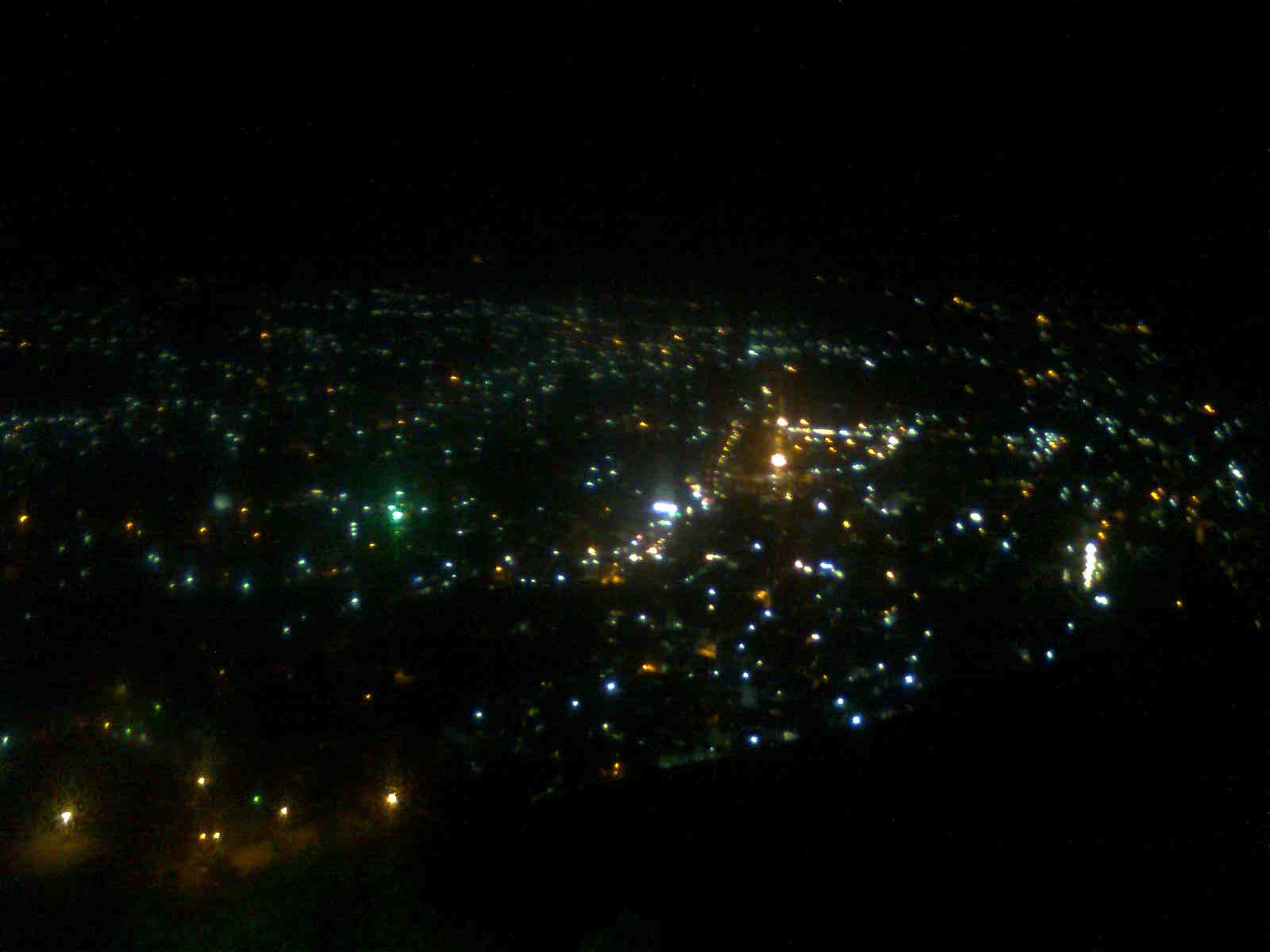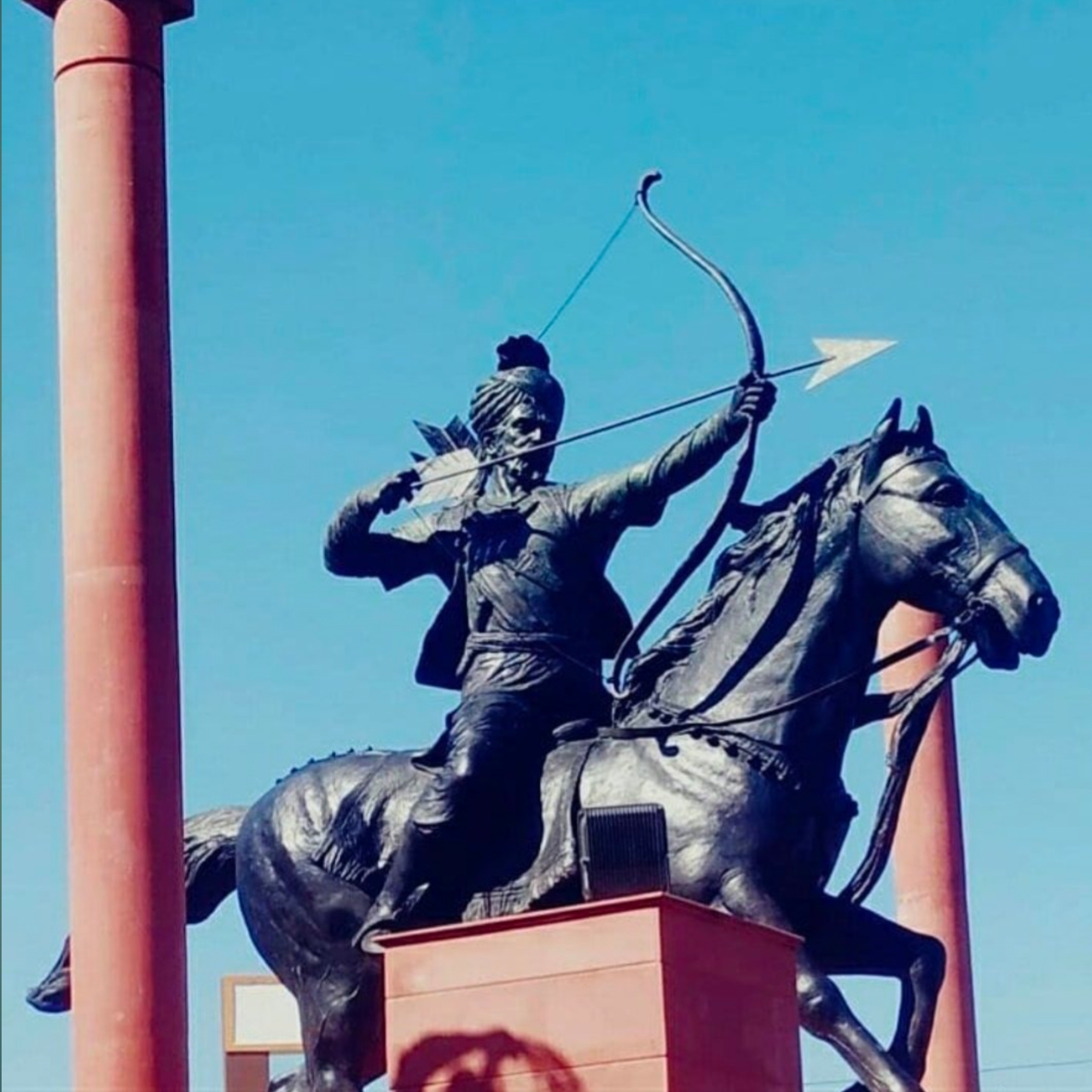|
Madhuca Indica
''Madhuca longifolia'' is an Indian tropical tree found largely in the central, southern, north Indian plains and forests, Bangladesh, Nepal, Myanmar and Sri Lanka. It is commonly known as madhūka, mahura, , mahuwa, Butter Tree, mahura, mahwa, , Iluppai, Mee or Ippa-chettu. It is a fast-growing tree that grows to approximately 20 meters in height, possesses evergreen or semi-evergreen foliage, and belongs to the family Sapotaceae. It is adaptable to arid environments, being a prominent tree in tropical mixed deciduous forests in India in the states of Maharashtra, Odisha, Chhattisgarh, Jharkhand, Uttar Pradesh, Bihar, Andhra Pradesh, Madhya Pradesh, Kerala, Gujarat, West Bengal and Tamil Nadu. Uses It is cultivated in warm and humid regions for its oleaginous seeds (producing between 20 and 200 kg of seeds annually per tree, depending on maturity), flowers and wood. The fat (solid at ambient temperature) is used for the care of the skin, to manufacture soap or detergents, a ... [...More Info...] [...Related Items...] OR: [Wikipedia] [Google] [Baidu] |
Tropical Tree
Tropical vegetation is any vegetation in tropical latitudes. Plant life that occurs in climates that are warm year-round is in general more biologically diverse than in other latitudes. Some tropical areas may receive abundant rain the whole year round, but others have long dry seasons which last several months and may vary in length and intensity with geographic location. These seasonal droughts have a great impact on the vegetation, such as in the Madagascar spiny forests. Rainforest vegetation is categorized by five layers. The top layer being the emergents, or the upper tree layer. Here you will find the largest and widest trees in all the forest, commonly 165 feet (fifty meters) and higher. These trees tend to have very large canopies so they can be fully exposed to sunlight. A layer below that is the canopy, or middle tree layer, averaging 98 to 130 feet (30 to 40 meters) in height. Here you will find more compact trees and vegetation. These trees tend to be more ... [...More Info...] [...Related Items...] OR: [Wikipedia] [Google] [Baidu] |
Tassar Silk
Tussar silk (alternatively spelled as tussah, tushar, tassar, tussore, tasar, tussur, or tusser, and also known as (Sanskrit) ''kosa'' silk) is produced from larvae of several species of silkworms belonging to the moth genus ''Antheraea'', including ''Antheraea assamensis, A. assamensis'', ''Antheraea paphia, A. paphia'', ''Antheraea pernyi, A. pernyi'', ''Antheraea roylei, A. roylei'', and ''Antheraea yamamai, A. yamamai''. These silkworms live in the wild forests in trees belonging to ''Terminalia (plant), Terminalia'' species and ''Shorea robusta'', as well as other food plants such as jamun and oak found in South Asia, eating the leaves of the trees on which they live. Tussar silk is valued for its rich texture and natural, deep-gold colour, and varieties are produced in many countries, including China,Su Jing, Lun Luo, ''Landlord and Labor in Late Imperial China: Case Studies from Shandong'', Harvard University Asia Center, 1978 India, Japan, and Sri Lanka. Process To kill ... [...More Info...] [...Related Items...] OR: [Wikipedia] [Google] [Baidu] |
Tiruchengode
Tiruchengode is a special grade municipality town located in western part of southern Indian state of Tamil Nadu. It is famous for the ancient hilltop Ardhanareeswarar Temple, dedicated to the unique combined male-female form of Lord Shiva and Goddess Parvati, Parvathi. This important place of pilgrimage is mentioned in the Tamil work Silappatikaram, Silapathikaram as 'Nedulkundru' and is celebrated in the hymns of Saivite saints. The equally famous Chenkottu Velavar Temple, dedicated to Lord Kartikeya, Murugan, is situated on the same hill. As of 2011, the town had a population of 95,335. As per 2011 population, Tiruchengode is the largest city in Namakkal district. It is also famous for rig business. History In ancient days, Tiruchengode was known as ''Thirukodimaadachenkundrur'' – one of the historic places in Tamil Nadu.l. Tiruchengode was formed on November 22 and that day is celebrated as tiruchengode day. It was also known as ''Thiruchengottankudi Nageswaram''. It enshr ... [...More Info...] [...Related Items...] OR: [Wikipedia] [Google] [Baidu] |
Iluppaipattu Neelakandeswarar Temple
Iluppaipattu Neelakandeswarar Temple (இலுப்பைபட்டு நீலகண்டேஸ்வரர் கோயில்) :ta:இலுப்பைபட்டு நீலகண்டேஸ்வரர் கோயில் is a Hindu temple located at Iluppaipattu in Mayiladuthurai district of Tamil Nadu, India. The place is also called as Pazhamanni Padikarai and Tirumannippadikkarai. The presiding deity is Shiva. He is called as Thiruneelakandeswarar and Padikarai Nathar. His consort is Amirthavalli. Significance It is one of the shrines of the 275 Paadal Petra Sthalams - Shiva Temples of Tamil Nadu#Sthalams, Shiva Sthalams glorified in the early medieval ''Tevaram'' poems by Tamil Saivite Nayanars, Nayanar Sundarar. The temple is counted as one of the temples built on the banks of River Kaveri. References External links * * * * Shiva temples in Mayiladuthurai district Padal Petra Stalam {{hindu-temple-stub ... [...More Info...] [...Related Items...] OR: [Wikipedia] [Google] [Baidu] |
Irumbai Mahaleswarar Temple
Irumbai Mahaleswarar Temple is a Hindu temple located at Irumbai in Vanur taluk in Villupuram district, Tamil Nadu, India. The presiding deity is Shiva. He is called as Maakaleswarar. His consort is known as Kuyilmozhi Ammai. Significance It is one of the shrines of the 275 Paadal Petra Sthalams - Shiva Sthalams glorified in the early medieval ''Tevaram'' poems by Tamil Saivite Nayanar Sambandar Sambandar (Tamil language, Tamil: சம்பந்தர், Romanization, romanized: ''Campantar''), also referred to as Thirugnana Sambandar (Tamil language, Tamil: திருஞானசம்பந்தர், Romanization, romanized: .... References Shiva temples in Viluppuram district Padal Petra Stalam {{TamilNadu-hindu-temple-stub ... [...More Info...] [...Related Items...] OR: [Wikipedia] [Google] [Baidu] |
South India
South India, also known as Southern India or Peninsular India, is the southern part of the Deccan Peninsula in India encompassing the states of Andhra Pradesh, Karnataka, Kerala, Tamil Nadu and Telangana as well as the union territories of Lakshadweep and Puducherry, occupying 19.31% of India's area () and 20% of India's population. It is bound by the Bay of Bengal in the east, the Arabian Sea in the west and the Indian Ocean in the south. The geography of the region is diverse, with two mountain ranges, the Western and Eastern Ghats, bordering the plateau heartland. The Godavari, Krishna, Kaveri, Penna, Tungabhadra and Vaigai rivers are important non-perennial sources of water. Chennai, Bengaluru, Hyderabad, Coimbatore and Kochi are the largest urban areas in the region. The majority of the people in South India speak at least one of the four major Dravidian languages: Telugu, Tamil, Kannada and Malayalam. During its history, a number of dynastic kingdoms ruled ove ... [...More Info...] [...Related Items...] OR: [Wikipedia] [Google] [Baidu] |
Ayurveda
Ayurveda (; ) is an alternative medicine system with historical roots in the Indian subcontinent. It is heavily practised throughout India and Nepal, where as much as 80% of the population report using ayurveda. The theory and practice of ayurveda is pseudoscientific and toxic metals including lead and Mercury (element), mercury are used as ingredients in many ayurvedic medicines. Ayurveda therapies have varied and evolved over more than two millennia. Therapies include herbal medicines, Dieting#Detox, special diets, Meditation#Hinduism, meditation, yoga, massage, Laxative#Historical and health fraud uses, laxatives, Enema#Alternative medicine, enemas, and medical oils. Ayurvedic preparations are typically based on complex herbal compounds, minerals, and metal substances (perhaps under the influence of early Indian alchemy or ''rasashastra''). Ancient ayurveda texts also taught surgical techniques, including rhinoplasty, lithotomy, sutures, cataract surgery, and the extraction ... [...More Info...] [...Related Items...] OR: [Wikipedia] [Google] [Baidu] |
Mahua Drying By Pankaj Oudhia
Mahua or Mahuaa may refer to: Botany * ''Madhuca longifolia'' or mahua, a tree in the family Sapotaceae * ''Mahua'' (moss), a genus of mosses in family Hypnaceae Culture and entertainment * Mahua (snack), a Chinese fried dough twist * Mahuli (wine) or mahua, a fruit wine of Odisha, Jharkhand, India, made from Madhuca longifolia flowers * ''Mahuaa'' (film), a 2018 Indian Nagpuri film * Mahuaa TV, an Indian Bhojpuri-language television channel Places * Mahua, Bihar, in Vaishali District, Bihar, India * Mahua (Vidhan Sabha constituency), an assembly constituency in Vaishali District, Bihar, India * Mahua Waterfall, in Crocker Range National Park, Malaysia People * Mahua Moitra (born 1974), Indian politician * Mahua Mukherjee, Indian dancer and choreographer * Mahua Roychoudhury (1958–1985), Indian actress * Mahua Sarkar Mahua Sarkar is an Indian historical sociologist. She is a professor of sociology at University of Toronto Scarborough and previously served as the Professor ... [...More Info...] [...Related Items...] OR: [Wikipedia] [Google] [Baidu] |
The Times Of India
''The Times of India'' (''TOI'') is an Indian English-language daily newspaper and digital news media owned and managed by the Times Group. It is the List of newspapers in India by circulation, third-largest newspaper in India by circulation and List of newspapers by circulation, largest selling English-language daily in the world. It is the oldest English-language newspaper in India, and the second-oldest Indian newspaper still in circulation, with its first edition published in 1838. It is nicknamed as "The Old Lady of Bori Bunder", and is a newspaper of record. Near the beginning of the 20th century, Lord Curzon, the Viceroy of India, called ''TOI'' "the leading paper in Asia". In 1991, the BBC ranked ''TOI'' among the world's six best newspapers. It is owned and published by Bennett, Coleman & Co. Ltd. (BCCL), which is owned by the Sahu Jain family. In the Brand Trust Report India study 2019, ''TOI'' was rated as the most trusted English newspaper in India. In a 2021 surve ... [...More Info...] [...Related Items...] OR: [Wikipedia] [Google] [Baidu] |
Bhil
Bhil or Bheel refer to the various Indigenous peoples, indigenous groups inhabiting western India, including parts of Rajasthan and Madhya Pradesh and are also found in distant places such as Bengal and Tripura. Though they now speak the Bhili language, an Indo-Aryan language, the original aboriginal language that the Bhil originally spoke is lost. Bhils are divided into a number of endogamy, endogamous territorial divisions, which in turn have a number of clans and lineages. Bhils are listed as tribal people in the states of Gujarat, Madhya Pradesh, Chhattisgarh, Maharashtra and Rajasthan—all in the western Deccan regions and central India—as well as in Bengal and Tripura in far-eastern India, on the border with Bangladesh. Many Bhils speak the dominant language of the region they reside in, such as Marathi language, Marathi, Gujarati language, Gujarati or Bengali language, Bengali. Etymology Some scholars suggest that the term Bhil is derived from the word ''billa'' or '' ... [...More Info...] [...Related Items...] OR: [Wikipedia] [Google] [Baidu] |
Mahuli (wine)
Mahuli (Odia : ମହୁଲି) is a flower wine used by Tribals in Odisha, Jharkhand. Its prepared from the Mahula (ମହୁଲ) flower. Mahuli wine is an indigenous drink also called mahuwa (or mahua). Origins Tribal people of Bastar in Chattishgarh and Western & Northern part of Odisha, Santhals of Jharkhand and Tribal people of North Maharashtra Maharashtra () is a state in the western peninsular region of India occupying a substantial portion of the Deccan Plateau. It is bordered by the Arabian Sea to the west, the Indian states of Karnataka and Goa to the south, Telangana to th ..., consider the tree and the Mahua drink as part of their cultural heritage. It is an obligatory item during celebration and evening activities. Preparation Water, the flowers of the Mahula tree and sugar are the main ingredient used for preparation. A fistful of urea fertilizer is added to the mash to be the yeast nutrient. The flowers are mashed and fermented to make Mahuli. Pure Mah ... [...More Info...] [...Related Items...] OR: [Wikipedia] [Google] [Baidu] |






